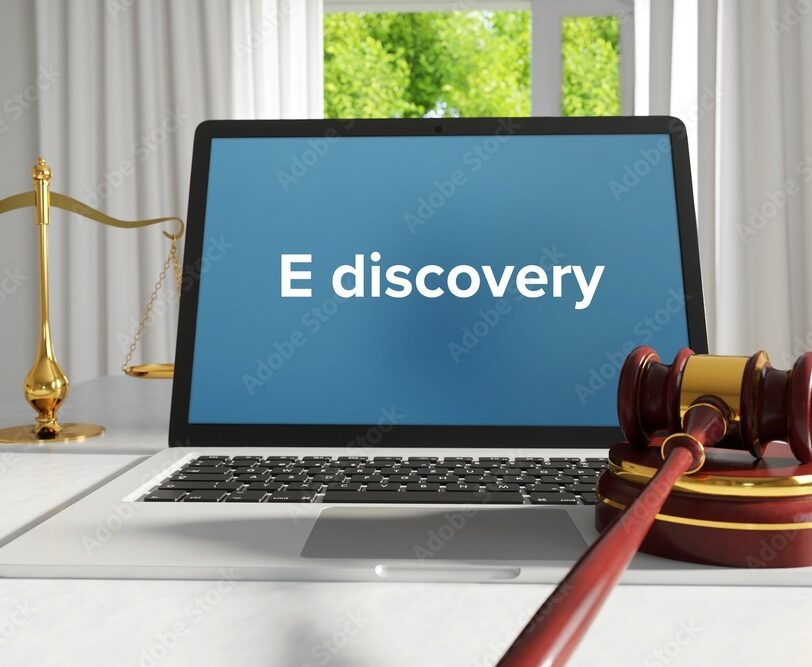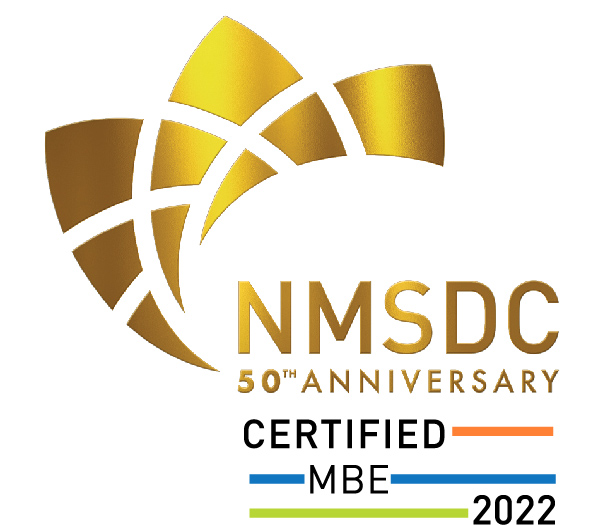Rulings on eDiscovery Increased in 2023
Decisions on eDiscovery in U.S. District Court cases increased by 10% in 2023 even as civil case filings dropped by 8%, according to the eDiscovery Assistant 2023 Case Law Report released late last month.
The report also categorizes the top issues in eDiscovery cases last year. Failure to produce, proportionality, and sanctions were the top three issues for the third straight year. Redactions and cost recovery were the issues that saw the biggest increase from 2022.
What else was new in 2023? eDiscovery Assistant started tracking five new issue tags that reflect the shift in technology usage: Signal, the encrypted and ephemeral instant messaging app; email threading; facial recognition technology; Microsoft Teams; and hyperlinked files.
Revisiting eDiscovery by design
Cassandre Coyer at Legaltech News wrote about the not-so-new idea of eDiscovery by design and how it’s being applied today. eDiscovery by design is the idea that technology, specifically new tools that are being created, have preservation, collection, review, and production components as natural features built into the technology rather than needing to use a third-party forensics or eDiscovery tool to pull data out of the application.
While enterprise providers have introduced their own data preservation tools, such as Google Vault and Microsoft Purview, eDiscovery professionals say they don’t cover all the steps on the Electronic Discovery Reference Model (EDRM) or they simply just don’t do it well or efficiently. Another roadblock to designing a one-size-fits-all tool: data from Slack and similar collaboration apps, which are difficult to collect data from.
“I definitely haven’t seen any application that can do from A to Z. I think many applications are building in preservation and hold obligation notices,” Kathryn C. Cole, a shareholder at Greenberg Traurig, told Coyer. “I think that’s becoming more and more common. But I think, in large part due to the human component required to review a document or produce a document, I don’t know that it’s theoretically possible to have it run the full gamut.”
Text message gaps give defense an eDiscovery opening
In Jones v. Riot Hosp. Grp. LLC, a former waitress’ discrimination claims against a bar owner and his company were dismissed as sanctions for violating Rule 37(e). The district court’s dismissal was upheld by the Ninth Circuit.
The EDRM blog writes about this case as an example of how important it is to look for information gaps during the evaluation of electronically stored information (ESI). Riot, during discovery, had discovered instances where Jones appeared to have “abruptly stopped communicating with people she had been messaging almost daily.”
The district court ordered an expert review of four phones and the expert extracted messages that were provided to Jones’ attorney for privilege review. Jones’ attorney failed to provide the messages to the defense, and they moved for terminating sanctions. The district court dismissed the case with prejudice, and Jones appealed, arguing the district court abused its discretion and erred in finding intent because the expert could not confirm that every deletion was intentional.
But the Ninth Circuit ruled “there was ample circumstantial evidence that Jones intentionally destroyed a significant number of text messages and collaborated with others to do so. … Jones argues that her production of thousands of text messages “negates the intent and prejudice elements of Rule 37(e).” But production of some evidence does not excuse destruction of other relevant evidence. And evidence from Jones’ third-party imaging vendor suggests that she deleted some messages from the very periods covered by her productions.”
Gap analyses should be a natural part of every review. Specifically with text messages, some review platforms even have interactive timeline builders that allow lawyers to see gaps in communications across the collected data. It is important to review those gaps to ensure that the collections are complete and data hasn’t been willfully or inadvertently excluded.
Every week, the Array team reviews the latest news and analysis about the evolving field of eDiscovery to bring you the topics and trends you need to know.








Leave A Comment